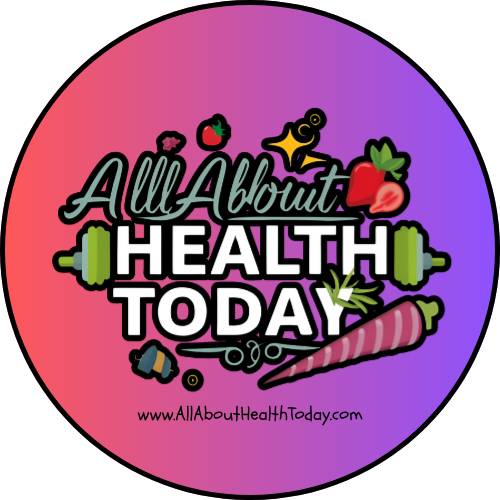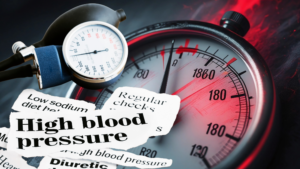High blood pressure, often called “the silent killer” because it frequently presents no noticeable symptoms, affects a staggering number of individuals globally. As a critical force in our circulatory system, blood pressure – the pressure of your blood against your artery walls – must be managed to avoid stressing the heart and increasing the risk of serious health complications such as stroke and kidney disease. The good news is, high blood pressure is manageable, and this guide will give you with actionable steps.
Blood pressure is the measurement of two forces: systolic pressure (when the heart beats) and diastolic pressure (when the heart rests between beats). These readings, typically expressed as millimeters of mercury (mmHg) Source: American Heart Association, provide vital insights into your cardiovascular health. Maintaining healthy blood pressure is crucial for ensuring your organs receive the oxygen and nutrients they need to function properly.
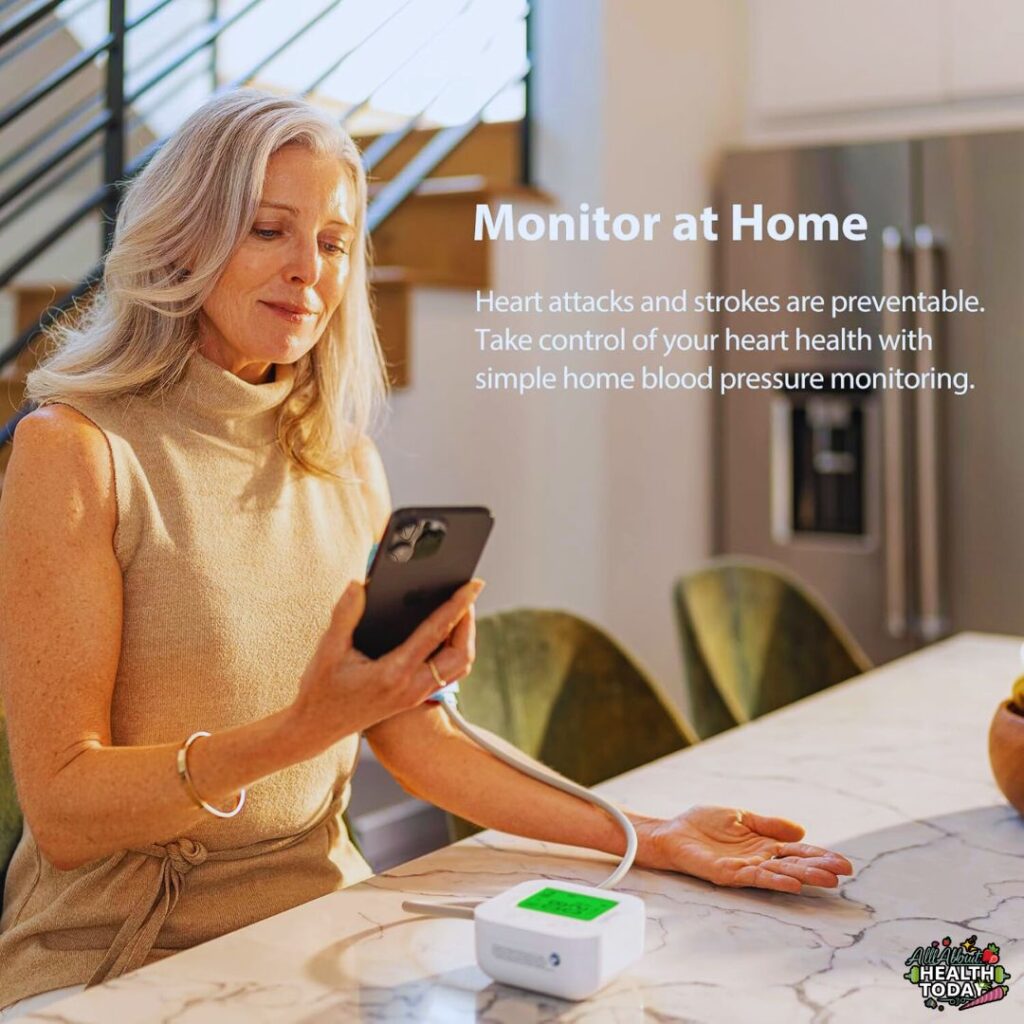
We’ll explore normal ranges as well as potential high blood pressure symptoms and offer proven strategies for gaining control if your high blood pressure numbers are elevated. Leveraging up-to-date guidelines from leading medical organizations, this guide will help you:
- Decipher the value of understanding figures for blood pressure and distinguish the conditions in which they occur (normal, elevated, or different stages of hypertension) .
- Establish the possible direct links to increased blood pressure (hypertension), such as causes referring to lifestyle factors and causes of a medical nature.
- Practical lifestyle changes include the use of diet to effect treatment together with exercise programs that favour the DASH diet (Dietary Approaches to Stop Hypertension) (Source: National Heart, Lung and Blood Institute).
- When medical treatment should be used and into what class of medication this treatment may fall.
- Advice on how to take blood pressure at home and when to consider contacting a medical specialist for advice on blood pressure issues.
- Recognizing the most likely long-term complications of high blood pressure that remains uncontrolled and ways of preventing such complications.
Alongside crucial lifestyle adjustments like diet and exercise, some individuals explore additional avenues to support their cardiovascular wellness. If you’re looking for a targeted approach featuring naturally derived ingredients, you might consider incorporating a specialized supplement.
One option worth exploring is the Heart Health Blood Pressure Support Supplement by PurePremium. This formula is specifically designed with ingredients known for their traditional use in supporting healthy circulation and cardiovascular function. It features a blend that often includes beneficial herbs like Hawthorn Berry, Hibiscus, and Olive Leaf, combined with essential vitamins and minerals that play a role in overall heart health. For those seeking to actively support blood pressure levels already within the normal range and promote general cardiovascular wellbeing as part of a holistic health plan, a supplement like this could be a complementary addition to your routine. Learn more.
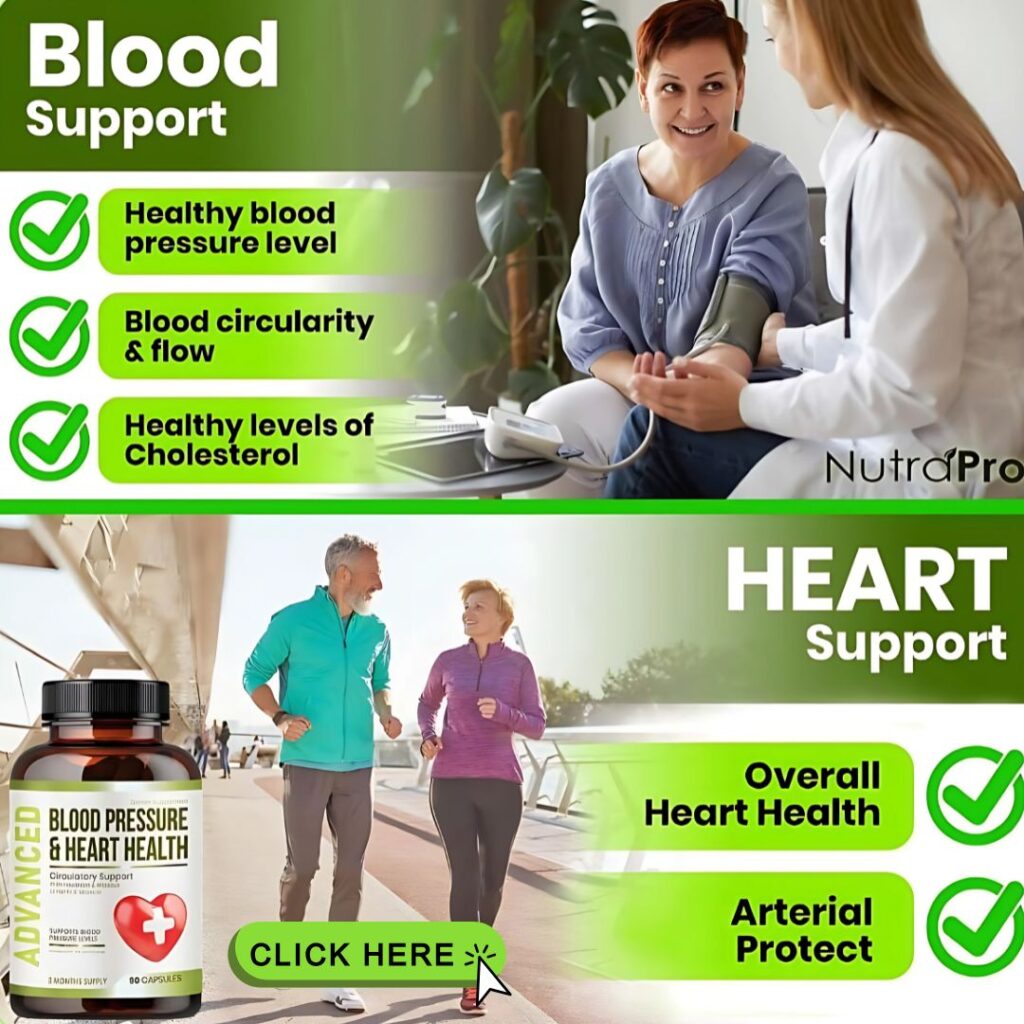
What is Blood Pressure?
Blood pressure is a vital measurement that reflects the force of your blood pushing against the walls of your arteries. It’s recorded as two numbers, representing two phases of each heartbeat:
- Systolic Pressure: This is the top number in a blood pressure reading. It measures the pressure in your arteries when your heart beats (contracts) and pumps out blood.
- Diastolic Pressure: This is the bottom number. It measures the pressure in your arteries when your heart rests between beats.
Blood pressure readings (e.g., 120/80 mmHg))
Blood pressure is measured in millimeters of mercury (mmHg). A typical blood pressure reading is written as systolic pressure over diastolic pressure, such as 120/80 mmHg. The systolic number is always stated first. Each number provides different but important information about your heart’s health.
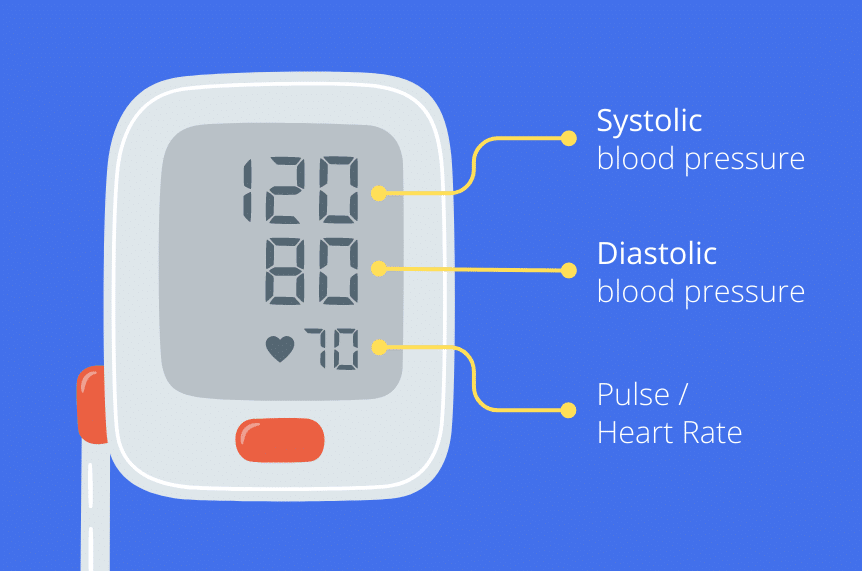
How does blood pressure work in the body ?
Think of your arteries as a network of flexible pipes that carry blood from your heart to all parts of your body Source: Mayo Clinic. When your heart beats, it creates a surge of pressure that pushes blood through these pipes. The systolic pressure reflects the peak of this surge. As your heart relaxes between beats, the pressure in your arteries decreases, and this is reflected by the diastolic pressure.
What Factors Affect Blood Pressure?
Blood pressure is not a static number. It fluctuates throughout the day, influenced by various factors, including:
- Diet: Consuming a diet high in sodium (salt) can lead to fluid retention, increasing blood pressure. Conversely, a diet rich in potassium can help balance sodium levels and lower blood pressure.
- Physical Activity: Lack of physical activity can contribute to higher blood pressure. Regular exercise, on the other hand, can help lower blood pressure.
- Weight: Being overweight or obese increases the risk of high blood pressure. Losing even a small amount of weight can help lower blood pressure.
- Alcohol Consumption: Excessive alcohol intake can raise blood pressure.
- Smoking: Smoking damages blood vessels & increases blood pressure.
- Stress: Chronic stress can lead to temporary increases in blood pressure.
- Caffeine: Excessive caffeine intake can also raise blood pressure temporarily.
Why is Understanding Blood Pressure Important?
Because high blood pressure often has no symptoms, understanding how it is measured is crucial. Regular monitoring and understanding what your blood pressure readings mean is a key step toward preventing serious health issues such as:
- Kidney Disease
- Heart Attack
- Stroke
- Heart Failure
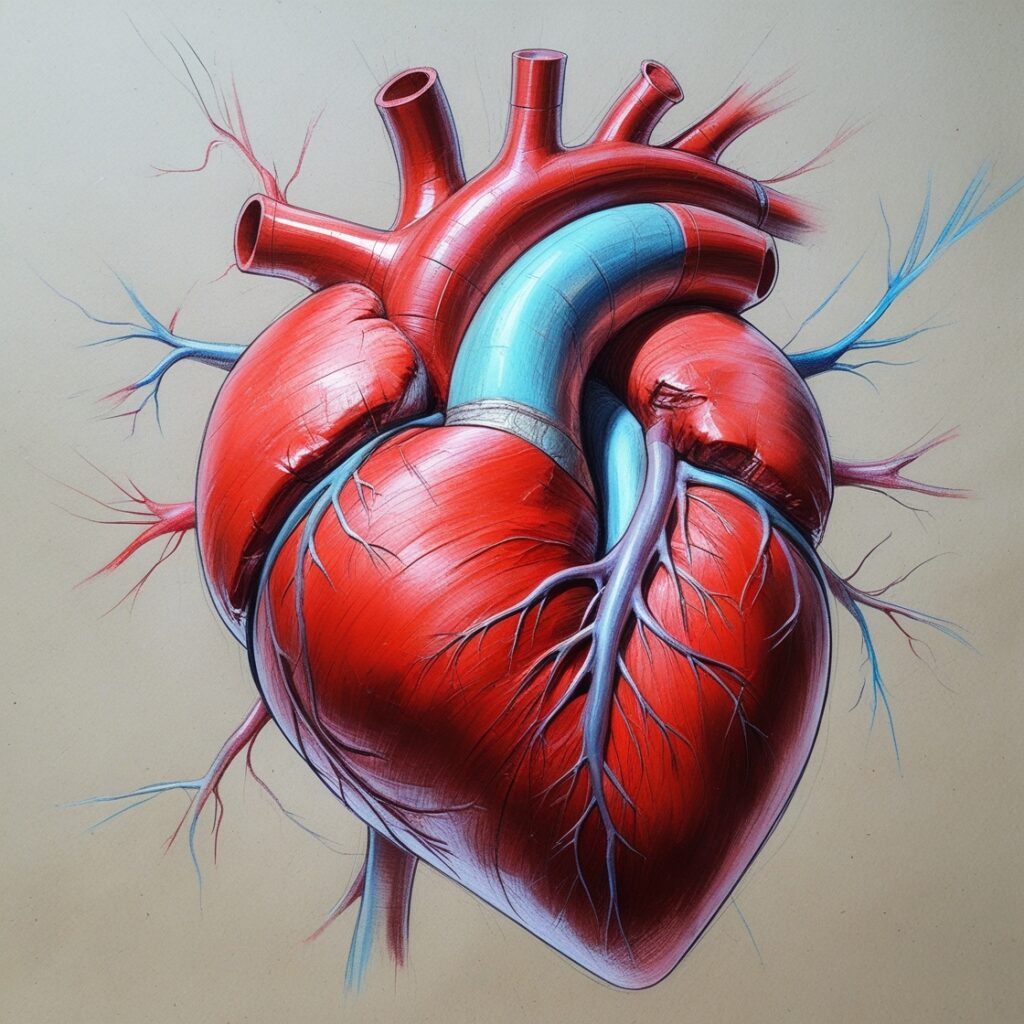
Understanding Blood Pressure Ranges: Decoding Your Numbers for a Healthier Heart
Knowing your blood pressure numbers is more than just a statistic, it’s a key to understanding your heart health and taking proactive steps to prevent serious complications. The American Heart Association (AHA) and other leading medical organizations provide clear guidelines for interpreting blood pressure readings, helping you understand where you fall on the spectrum and what actions to take. Let’s break down each category:
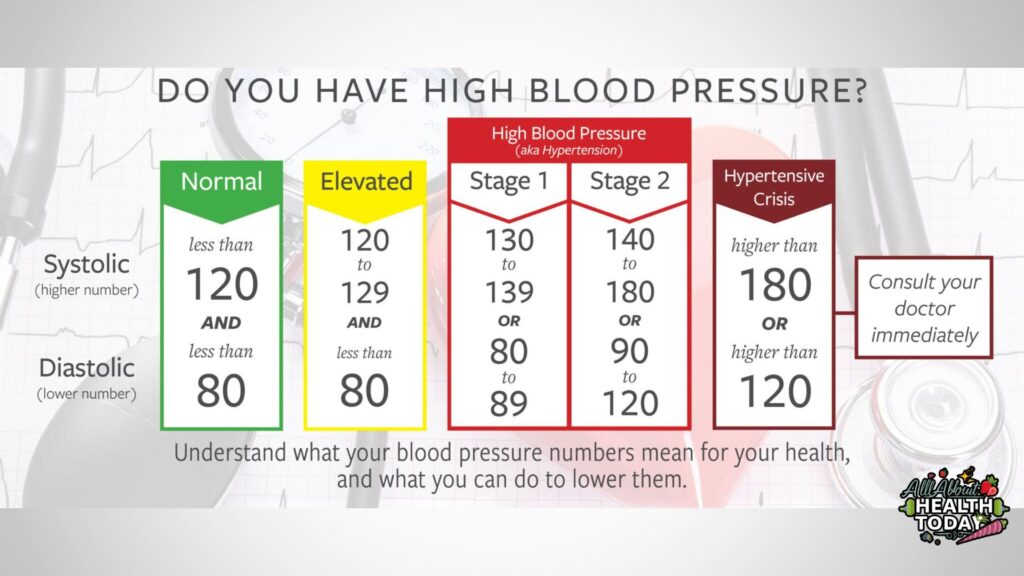
Normal Blood Pressure: The Ideal Zone
Generally, a blood pressure reading of less than 120 mm Hg for systolic (the top number) and less than 80 mm Hg for diastolic (the bottom number) is considered within the normal range. This range indicates a healthy pressure within your arteries when your heart beats and when it rests between beats. Maintaining blood pressure in this zone is crucial for long-term cardiovascular health, reducing the risk of heart attack, stroke, and kidney disease.
- Systolic: < 120 mm Hg
- Diastolic: < 80 mm Hg
High Blood Pressure (Hypertension) – Stage 1: Time for Action
Stage 1 hypertension is diagnosed when systolic readings consistently range from 130-139 mm Hg or diastolic readings are between 80-89 mm Hg. At this stage, your doctor will likely recommend lifestyle modifications and may consider medication depending on your overall health and other risk factors. Taking action now is vital to prevent the condition from worsening.
- Systolic: 130-139 mm Hg
- Diastolic: 80-89 mm Hg
Elevated Blood Pressure: A Warning Sign
Elevated blood pressure, also sometimes referred to as prehypertension, is when the systolic reading consistently falls between 120-129 mm Hg and the diastolic reading is still less than 80 mm Hg. This stage doesn’t mean you have high blood pressure yet, but it’s a clear indication that you’re at an increased risk of developing it in the future. Making lifestyle changes at this stage can often help bring your numbers back into the normal range and prevent progression to hypertension.
- Systolic: 120-129 mm Hg
- Diastolic: < 80 mm Hg
High Blood Pressure (Hypertension) – Stage 2: Requires Medical Attention
Stage 2 hypertension is more severe, with systolic readings consistently at 140 mm Hg or higher or diastolic readings at 90 mm Hg or higher. This stage typically requires medication, along with lifestyle changes, to effectively manage blood pressure and reduce the significantly increased risk of serious health problems.
- Systolic: ≥ 140 mm Hg
- Diastolic: ≥ 90 mm Hg
Important Considerations:
Home Monitoring: Regular home blood pressure monitoring can provide valuable insights for both you and your doctor. Ensure you are using a properly calibrated monitor and following the correct techniques.
Multiple Readings Matter: A single high reading doesn’t necessarily mean you have high blood pressure. Doctors typically take several readings over time and under different conditions to make a diagnosis.
Individual Goals: Your target blood pressure may vary depending on your age, existing health conditions (like diabetes or kidney disease), and other risk factors. Your doctor will work with you to establish personalized goals.

The Risks of Uncontrolled High Blood Pressure (Hypertension)
Understanding your blood pressure numbers is the first step, but knowing why those numbers matter is crucial for motivation. Consistently high blood pressure, or hypertension, isn’t just a number on a screen; it’s a serious condition that puts relentless strain on your entire cardiovascular system and vital organs. When left unmanaged, uncontrolled high blood pressure significantly increases your risk for several potentially life-threatening health problems. Think of it like running an engine at excessively high revs constantly – eventually, parts wear out and break down.
Here are all the major health risks associated with hypertension:
Damage to Arteries: High pressure damages the delicate inner lining of your arteries. This damage makes them less elastic and more susceptible to the buildup of plaque (atherosclerosis), narrowing the space for blood flow. This process can happen throughout your body.
Heart Attack: When atherosclerosis affects the arteries supplying blood to your heart (coronary arteries), it can lead to blockages. If blood flow is severely reduced or cut off, it causes a heart attack (myocardial infarction), damaging or killing heart muscle tissue.
Heart Failure: The constant extra workload from pumping against high pressure can cause the heart muscle to thicken and enlarge (left ventricular hypertrophy). Over time, the overworked heart muscle weakens and becomes less efficient at pumping blood, leading to heart failure.
Stroke: Hypertension is a leading cause of stroke. It can happen in two main ways:
Ischemic Stroke: Narrowed or blocked arteries in the brain (due to atherosclerosis or blood clots) cut off blood supply.
Hemorrhagic Stroke: High pressure can weaken blood vessels in the brain, causing them to rupture and bleed.
Kidney Disease or Failure: Your kidneys rely on a network of tiny blood vessels to filter waste from your blood. High blood pressure damages these vessels, impairing kidney function. Over time, this can lead to chronic kidney disease and potentially kidney failure, requiring dialysis or a transplant.
Vision Loss: The tiny, delicate blood vessels supplying blood to your retina (the light-sensitive tissue at the back of your eye) can be damaged by high blood pressure (hypertensive retinopathy). This can lead to bleeding in the eye, blurred vision, and even complete vision loss.
Cognitive Impairment: Reduced blood flow and damage to blood vessels in the brain due to chronic hypertension are linked to problems with memory, concentration, and reasoning, potentially increasing the risk of vascular dementia.
Other Complications: Uncontrolled hypertension can also contribute to issues like peripheral artery disease (narrowed arteries in the limbs), aneurysms (dangerous bulges in artery walls), and complications during pregnancy.

High Blood Pressure Symptoms: Recognizing the Often Silent Signs
One of the most dangerous aspects of high blood pressure (hypertension) is that it often presents with no noticeable symptoms, especially in its early stages. This is precisely why it’s frequently dubbed the “silent killer.” Millions of people have high blood pressure and don’t even know it, allowing damage to their blood vessels and vital organs to occur quietly over time.
Waiting for Symptoms is Risky
You cannot rely on feeling “off” or experiencing specific symptoms of high blood pressure to know if your numbers are elevated. The vast majority of individuals with hypertension feel perfectly fine. However, in some cases, particularly when blood pressure is very high or has been elevated for a long time, some non-specific signs might occur. These can include:
- Dull headaches
- Dizzy spells
- More frequent nosebleeds than usual
Crucially, it’s important to understand that these symptoms are:
- Non-specific: They can easily be caused by many other health issues or even daily factors like stress or lack of sleep.
- Not reliable indicators: Their presence or absence doesn’t confirm or rule out hypertension. Many people experience these without having high blood pressure, and most people with high blood pressure don’t experience them.
Symptoms of a Hypertensive Crisis ARE Different
It’s vital to distinguish the general lack of symptoms in chronic hypertension from the very real and urgent symptoms of a Hypertensive Crisis (as mentioned in Section 3, when blood pressure spikes dangerously high – >180/120 mm Hg). A hypertensive crisis is a medical emergency, and its potential symptoms do require immediate attention. These include:
- Severe headache, often described as the “worst headache ever”
- Shortness of breath
- Severe chest pain
- Nosebleeds (that are severe or difficult to stop)
- Anxiety or confusion
- Vision changes (blurriness, spots)
- Numbness or weakness, especially on one side
- Seizures
If you or someone else experiences extremely high readings accompanied by any of these crisis symptoms, call emergency medical services immediately.
The Bottom Line: Measurement is Key
Since relying on symptoms is ineffective and potentially dangerous, the only definitive way to know if you have high blood pressure is to have it measured accurately and regularly. Don’t wait for signs that may never appear. Regular blood pressure checks, whether at your doctor’s office or through careful home monitoring, are essential for early detection and management.
Conclusion: Partnering with Your Doctor for Better Heart Health
Understanding your blood pressure is fundamental to protecting your long-term health and well-being. We’ve journeyed through what those numbers mean, from the ideal normal blood pressure range to the serious implications of hypertension. We’ve seen that while high blood pressure symptoms are often absent, the risks – including heart attack, stroke, and kidney disease – are very real.
The good news is that high blood pressure is manageable, and often preventable. Knowledge is your first tool: knowing your numbers and understanding the blood pressure categoriesempowers you to act. Whether it’s adopting heart-healthy lifestyle habits like a balanced diet (rich in fruits, vegetables, and whole grains, and low in sodium), engaging in regular physical activity, managing stress, or working with your doctor on potential medication, taking control of your blood pressure is one of the most impactful investments you can make in your future health.
Remember, managing blood pressure is not a one-time fix, but an ongoing commitment. Regular monitoring, whether through visits to your healthcare provider or consistent home blood pressure monitoring, is crucial for tracking your progress and making necessary adjustments to your plan.
Most importantly, you don’t have to navigate this alone. Your doctor or healthcare provider is your essential partner in this journey. Be open about your lifestyle, concerns, and any challenges you face. Together, you can create a personalized plan to achieve and maintain healthy blood pressure levels, significantly reducing your risk of complications and paving the way for a longer, healthier, and more vibrant life.
Take charge of your cardiovascular health today. Know your numbers, understand your risks, and commit to the steps needed to keep your blood pressure under control.
